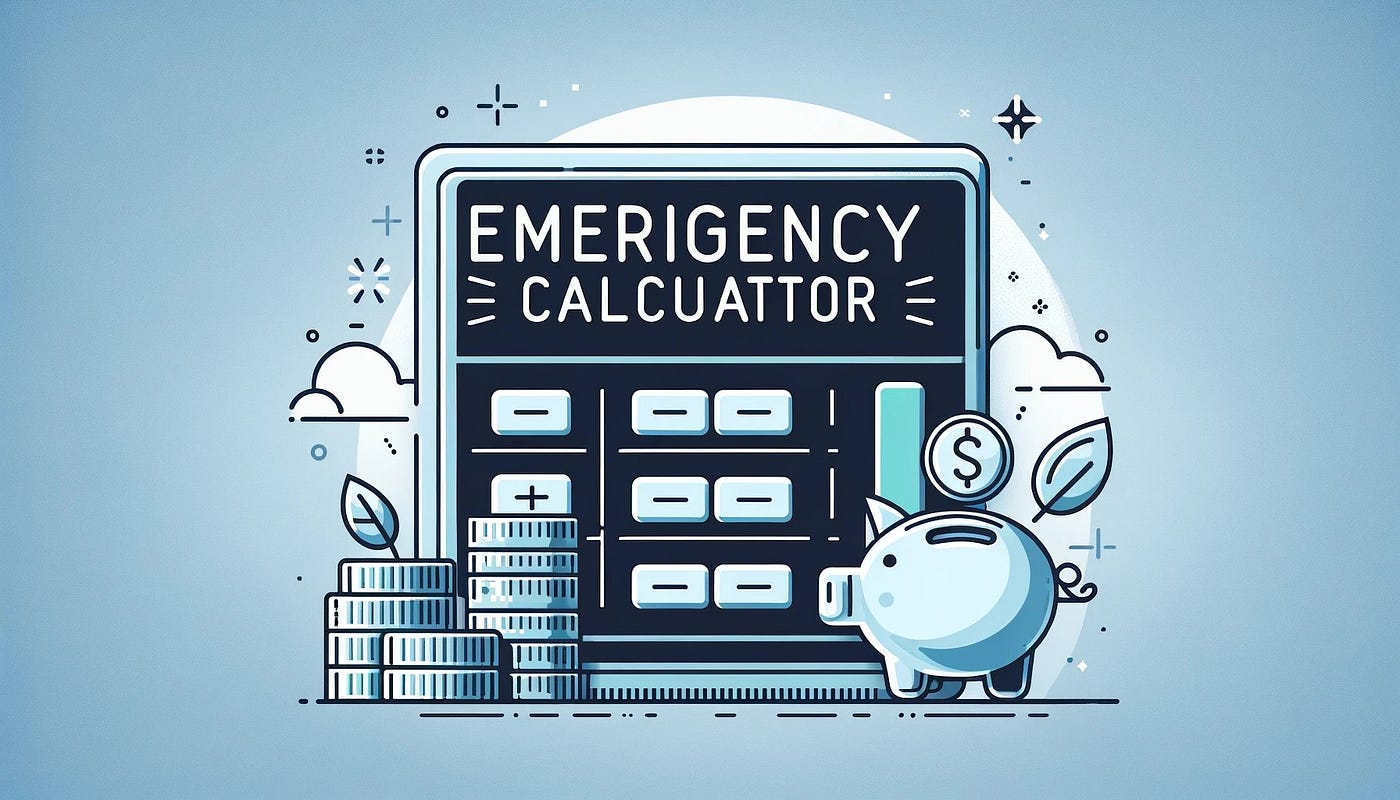Introduction
Life is unpredictable. One moment everything seems under control, and the next, you’re facing an unexpected expense—a car breakdown, medical emergency, or sudden job loss. Without a financial safety net, such surprises can spiral into long-term financial stress. This is where an emergency fund comes to the rescue. But what exactly is it, and why is it so critical? Let’s dive in.
What Is an Emergency Fund?
An emergency fund is a dedicated pool of money set aside specifically for unforeseen expenses.
Key Characteristics of an Emergency Fund
- Accessibility: The money should be easily accessible when needed.
- Safety: It should be kept in a secure, low-risk account.
- Specific Purpose: Reserved solely for genuine emergencies.
Examples of Emergencies It Can Cover
- Unexpected medical bills
- Major car or home repairs
- Temporary loss of income
- Unforeseen travel for family emergencies
Why Is an Emergency Fund Important?
Shielding Against Unexpected Expenses
Unexpected costs can derail your budget, leaving you scrambling to make ends meet. An emergency fund acts as a financial shock absorber.
Reducing Reliance on Credit and Debt
Without savings, people often turn to credit cards or loans, leading to debt accumulation and interest payments.
Providing Peace of Mind
Knowing you have a financial cushion brings unparalleled peace of mind, reducing stress during tough times.
How Much Should You Save in an Emergency Fund?
The 3–6 Months Rule of Thumb
Experts recommend saving three to six months’ worth of living expenses. This amount can cover essentials like rent, utilities, groceries, and transportation during emergencies.
Factors Influencing the Amount
- Income Stability: Freelancers or self-employed individuals may need a larger fund.
- Number of Dependents: More dependents mean higher expenses.
- Lifestyle and Location: Cost of living varies by location and lifestyle.
Adjusting the Fund for Specific Goals
If you’re saving for specific events like maternity leave or a career break, tailor your fund accordingly.
Steps to Build an Emergency Fund
Assess Your Current Financial Situation
Start by reviewing your income, expenses, and current savings. Identify areas where you can cut costs.
Set a Realistic Savings Goal
Decide how much you need and set a timeline. Breaking it into smaller monthly targets makes it more achievable.
Automate Your Savings
Set up automatic transfers to a dedicated account. Automation ensures consistency and reduces the temptation to skip saving.
Reduce Unnecessary Expenses
Review your spending habits and eliminate non-essential costs like subscriptions or dining out frequently.
Where to Keep Your Emergency Fund
High-Yield Savings Accounts
These accounts offer easy access and better interest rates than regular savings accounts.
Money Market Accounts
A safe option with slightly higher returns than traditional savings accounts.
Avoiding Risky Investments
Don’t invest your emergency fund in stocks or volatile assets, as their value can fluctuate.
Common Mistakes to Avoid
Using the Fund for Non-Emergencies
It’s tempting to dip into your savings for a vacation or shopping spree, but resist this urge.
Neglecting to Replenish It After Use
Once you use the fund, make it a priority to refill it as soon as possible.
Keeping It in Inaccessible Accounts
Ensure your emergency fund is easy to access in times of need. Avoid locking it in long-term investments.
How Emergency Funds Impact Your Overall Financial Plan
Supporting Other Financial Goals
An emergency fund provides stability, allowing you to focus on long-term goals like homeownership or retirement.
Improving Creditworthiness
By avoiding debt during emergencies, you maintain a healthier credit score.
Benefits Beyond the Financial Aspects
Emotional and Mental Relief
An emergency fund reduces the anxiety of unexpected expenses, allowing you to face challenges confidently.
Confidence in Tackling Life’s Challenges
With a financial safety net, you’re better prepared to handle life’s ups and downs without feeling overwhelmed.
Conclusion
Building an emergency fund might feel overwhelming at first, but it’s a vital step toward financial stability. Start small, stay consistent, and watch your safety net grow. With a well-prepared fund, you’ll have peace of mind knowing you can handle whatever life throws your way.
FAQs
- What should I prioritize: paying off debt or building an emergency fund?
Start with a small emergency fund ($500–$1,000) while paying off high-interest debt. Then, focus on building a larger fund. - How can I start saving for an emergency fund with a low income?
Cut non-essential expenses and save small amounts regularly. Even $10 a week adds up over time. - Is it okay to invest my emergency fund for better returns?
No, your emergency fund should remain in low-risk, liquid accounts to ensure quick access. - How do I know when I’ve saved enough?
Save 3–6 months of living expenses. Adjust based on your income stability and lifestyle. - Can I combine my emergency fund with other savings goals?
It’s best to keep your emergency fund separate to avoid mixing it with other financial goals.
